| 1. |
How do we show the magic e sign? 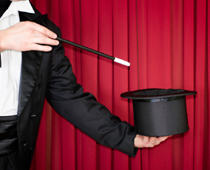
|
||||||||
|
| 2. |
These girls are playing a game. What family of sounds does the magic e belong to in the word 'game'? 
|
||||||||
|
| 3. |
This picture was taken on Christmas Eve. What family of sounds does the magic e belong to in the word 'eve'? 
|
||||||||
|
| 4. |
Look at the time. What family of sounds does the magic e belong to in the word 'time'? 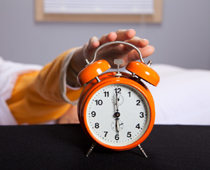
|
||||||||
|
| 5. |
This dog has a bone. What family of sounds does the magic e belong to in the word 'bone'? 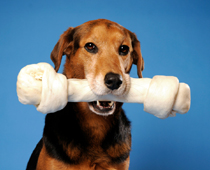
|
||||||||
|
| 6. |
She is playing a flute. What family of sounds does the magic e belong to in the word 'flute'? 
|
||||||||
|
| 7. |
Which of these words could you add a magic e to? 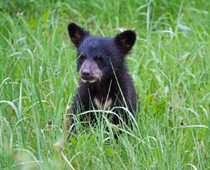
|
||||||||
|
| 8. |
Which of these words could you add a magic e to? 
|
||||||||
|
| 9. |
Which of these words could you add a magic e to? 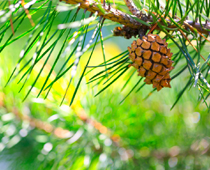
|
||||||||
|
| 10. |
Which of these words could you add a magic e to? 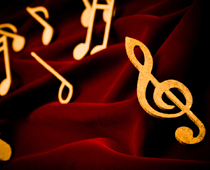
|
||||||||
|
